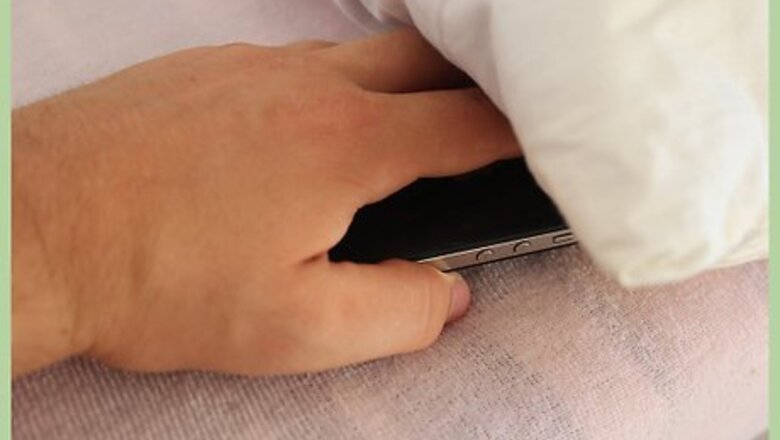
views
X
Research source
and potentially, stealing your identity. Unless you want to deal with all the hassles of getting a new phone (or paying for unauthorized charges on your bill), you'd do well to find out how to ensure that your phone finds its way back to you. Or, at the very least, how you can make it difficult for thieves to get anything out of it.
Keeping the Phone Safe During Use Outside the Home
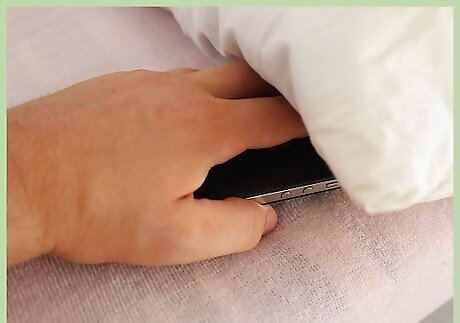
Keep your phone near you at all times. This means, do not leave it out on the edge of tables, exposed in your bag or stuck in a pile of textbooks. Make sure your phone is within 5–6 inches (12.7–15.2 cm) of you and make eye contact with it every few seconds or when a person walks by, to be sure it is with you.
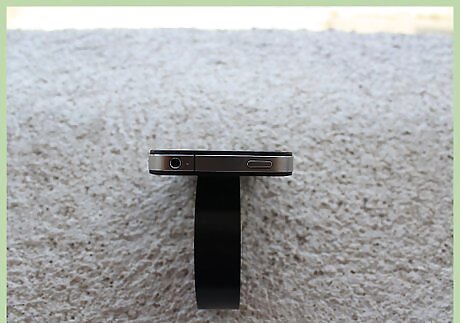
Do not leave your phone on tables while unattended. A majority of phones are stolen this way, you go to pick up that mocha latte and bam--your phone is gone along with your tablet you let sit there.
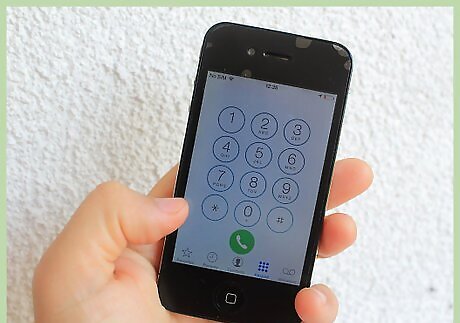
Do not leave your phone hanging out the top of a bag or even the unclosed palm of your hand. That is an invitation for thieves to steal it. Be aware of where it is and tuck it away or hold it securely at all times.

Don't take your phone out in areas known for theft crimes. Even if you feel like answering that text John sent you 2 seconds ago, leave it in your pocket and refrain from touching it until you're somewhere safer.

Don't wear Apple earphones or flashy headphones. When thieves see Apple headphones, they assume that you are you using an Apple phone, which is the most valuable. Instead, consider using a cheap pair of knock off headphones for out and about in areas where you're uncertain about safety.

Be careful on public transit in cities. Although there are a lot of cameras, thieves will still take an opportunity to steal your phone. If you're bored on the train or subway, wait until you are on the train to take your phone out. Even then, you should probably wait until the train is not too crowded before you take out your phone.

Don't offer to tell the time when you're in a place that feels unsafe. When people ask for the time, look at a watch or say you simply do not know. Thieves often ask this to see if your phone is worth stealing, so be polite and just say you do not know. And wait until they walk away to look at your phone.

Make a lime-green color gel for your phone's display. This will make your phone look like an old monochrome phone. A very experienced hobbyist can also replace all white SMD LEDs in the phone with lime-green ones (better not only in display, but also in keyboard). Such a mod will distract most thieves. However, note that it may attract a rare group of thieves who hunt for vintage items.
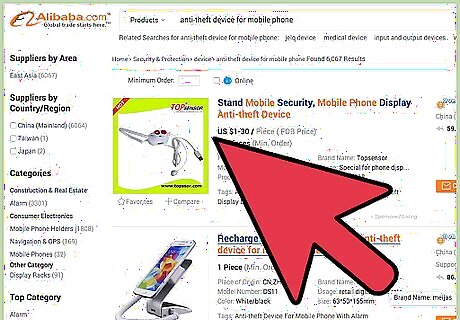
Never let the phone get out of your sight. Unless you are sleeping of course, always have your eyes on the phone.
Securing Your Phone in the Event of Theft
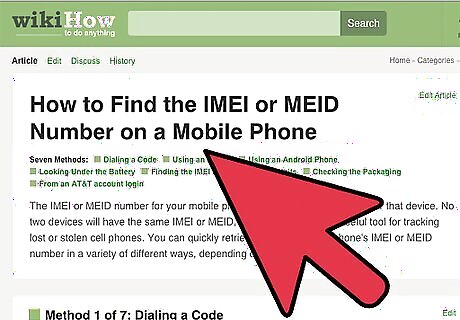
Keep details. Make a record of all your phone information and keep this in a safe place. Include the following elements in the information: Your phone number The make and model––keep a copy of your phone's manufacturer code so you can have all your info ready when you call them Color and appearance details The pin or security lock code The IMEI number (on GSM phones) (If you live in the USA, not all of these tips will work for you. Some US cell phone companies won't disable your phone using the IMEI number in this same manner.)

Add a security mark. Use an ultra violet pen to print your post code and house number onto both your mobile handset and battery. This makes it easily identifiable as your property if lost or stolen. It would also be good if you write your alternate contact number or email id on your phone. This would help the finder of your handset to contact you if he or she intents to return it. The ultra-violet pen marking will wear off every couple of months, so reapply it when you feel necessary.
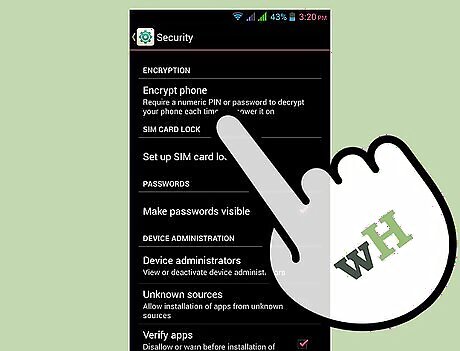
Use the security lock code, or PIN feature, to lock your phone. This will make it less valuable to a thief and deny them access to personal numbers stored on your SIM card.

Register your phone with your network operator. If your phone is stolen, report the loss to them immediately. Using your IMEI number, they may be able to block your hand set and account details. Some wireless carriers are willing to do this, and some aren't. If done, this will prevent anyone from using the phone across any network, even if the SIM card is changed. Keep in mind that once the phone is disabled, it may not be able to be used again, even if you get it back. Keep records of this call--the date, time, name of the person you spoke to, what they said, and their extension. Ask for confirmation in writing that your phone has been disabled. This is important in case the thief makes fraudulent charges on your account.
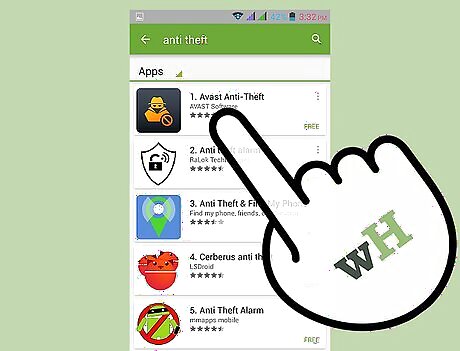
Install anti phone theft software. There are suppliers that provide modern anti theft software for your phone. The software enables you to remotely contact your mobile and stay in control. For example, one of the recently published solutions for Symbian and Android is Theft Aware; others provide Windows Mobile or Blackberry support (GadgetTrak).
Responding If Your Phone Gets Stolen
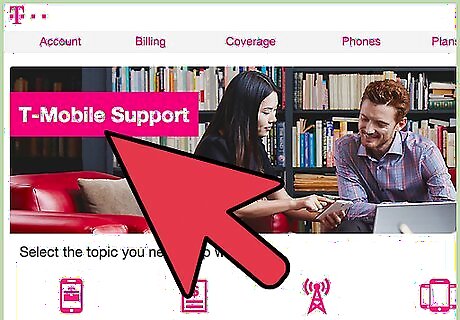
Have your phone number disabled. In addition to reporting your phone lost or stolen, you should also disable your phone number (not account) so that no further charges can be applied. This is in case the thief figures out how to access your account through another hand set, or in case the carrier is unwilling to block the handset. Remember that, as mentioned earlier, many thieves stand to benefit from using your service rather than selling your phone, especially between the moment they steal it and the moment you realize your phone is missing. As in the previous step, keep detailed records of when you requested your account to be disabled.
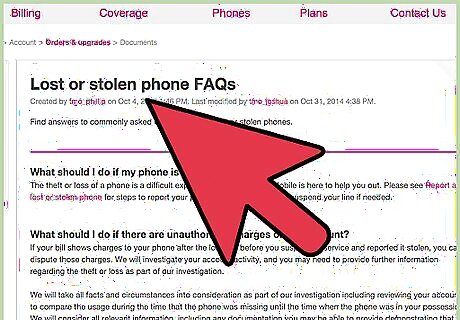
Request an immediate, formal investigation from your carrier. Sometimes this can prevent (or at least delay) the carrier from launching a collections effort and tainting your credit, if things get ugly.
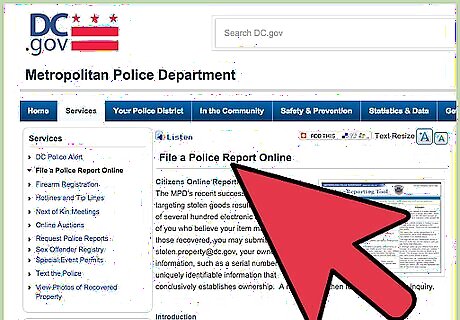
File a police report immediately. Time is money, literally. A thief can add over US$10,000 to your cell phone bill in just hours by making international calls, and you might end up being asked to foot the bill. Some phone companies may require proof that the phone was actually stolen, versus it having been lost. A police report serves as evidence, which will make your wireless provider more cooperative, especially if insurance is involved. If you continue to encounter problems with your wireless provider in that they are not disabling the phone or your account in a timely manner and insist that you cover the charges made by the thief, let them know that you intend to file a complaint with the Federal Communication Commission (FCC), your state attorney general's office, and your state's public utility commission (PUC) (or the equivalent authorities in your country).




















Comments
0 comment